With an extensive exhibition, Schirn presents the pioneers of the comic strip, who set the artistic and substantive standards of early comic strips in an experimental and progressive way.
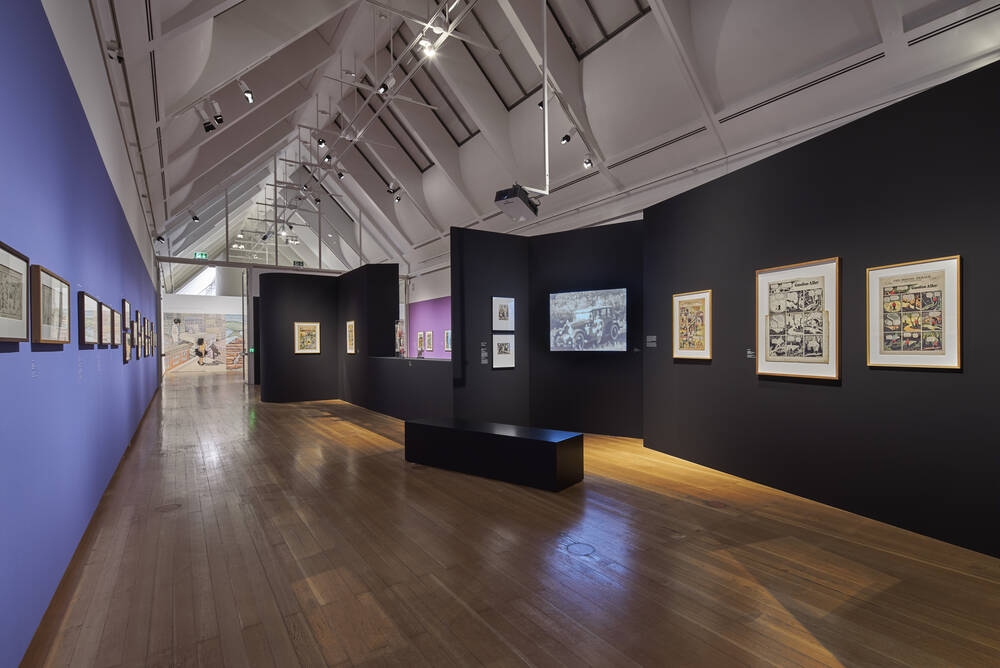
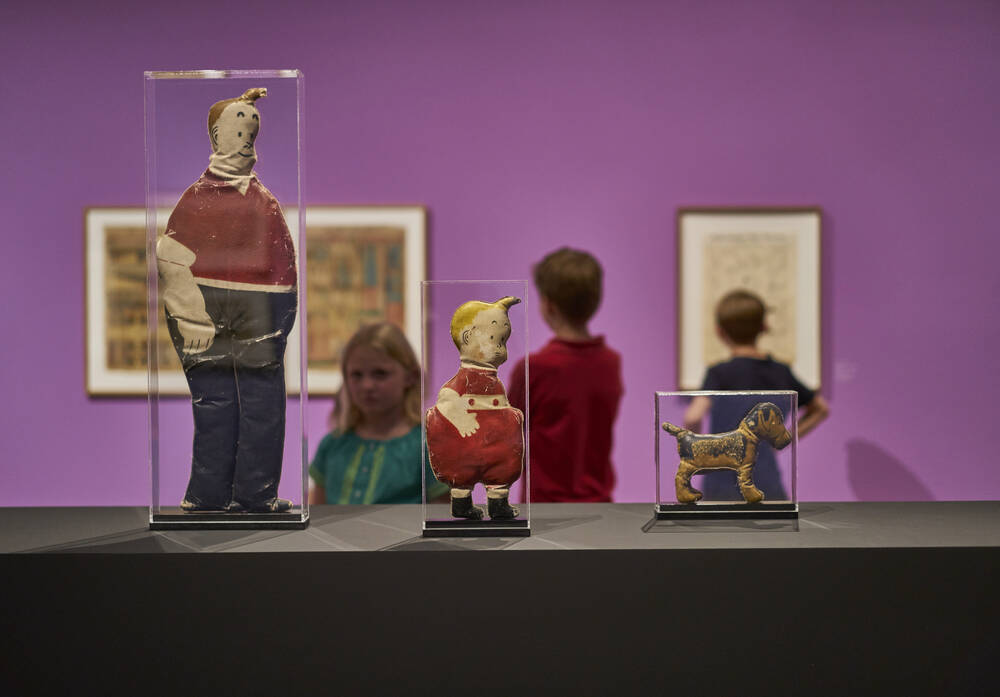
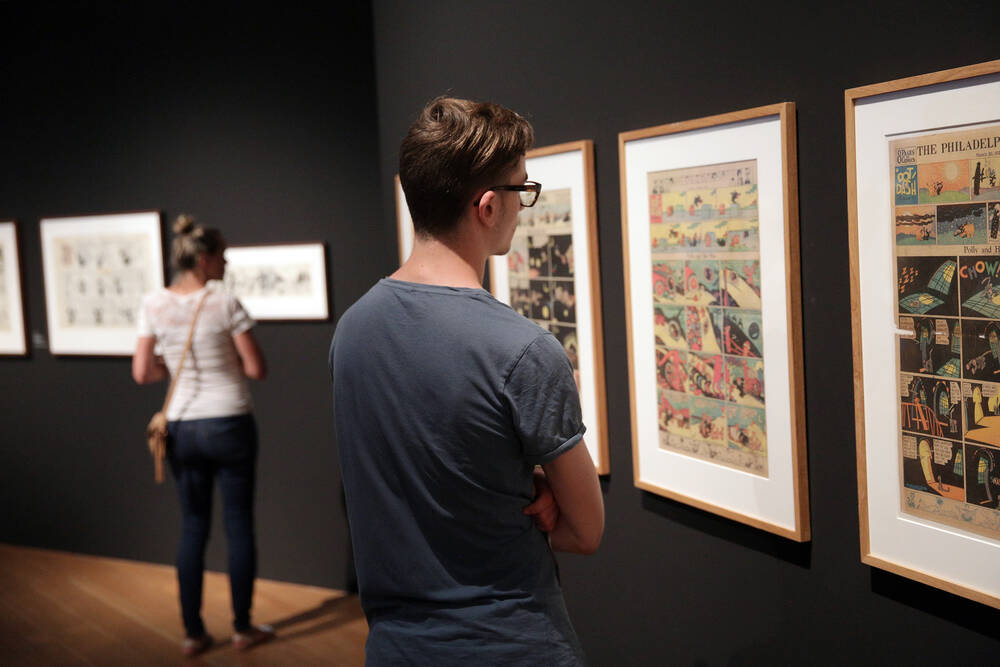

A comic strip is a series of drawn images that together narrate the plot. They are often designed such as to make it clear they belong together – for example, by the same image format or the same background colors being used.
PIONEERS OF THE COMIC STRIP. A DIFFERENT AVANT-GARDE
UNTIL 18 SEPTEMBER 2016
Spectacular, large and colorful – this is how comic strips captured their audience. Around 1897, the middle classes, working classes and the army of immigrants were equally fascinated by the unfamiliar visual experience they encountered in US newspapers. The comic strip was the first illustrated mass medium in history, reproduced millionfold. In a society without television and the Internet that was quite a radical development. With an extensive exhibition, SCHIRN presents the pioneers of the comic strip, who set the artistic and substantive standards of early comic strips in an experimental and progressive way. This also highlights the relationship of comic strips and colorful newspaper supplements with the developments in visual arts at the time. The SCHIRN presents the cultural history of the comic strip in an outstanding series of selected works, primarily by American illustrators: Winsor McCay, Lyonel Feininger, Charles Forbell, George Herriman, Cliff Sterrett and Frank King. Unforgettable is Herriman’s absurd humor in Krazy Kat (from 1913), the expressionist, cubist and surrealist imagery by McCay and Sterrett, Feininger's comic series for the Chicago Tribune (from 1906/07), or Gasoline Alley by King (from 1921), told in real time over a period of three decades. With Forbell’s Gesamtkunstwerk Naughty Pete (1913), a today rather unknown draftsman can be rediscovered in this exhibition. He was among those many artists who, albeit only for a short yet extremely progressive time, devoted themselves to comic strips, but quickly vanished due to lack of success.
VIDEOS
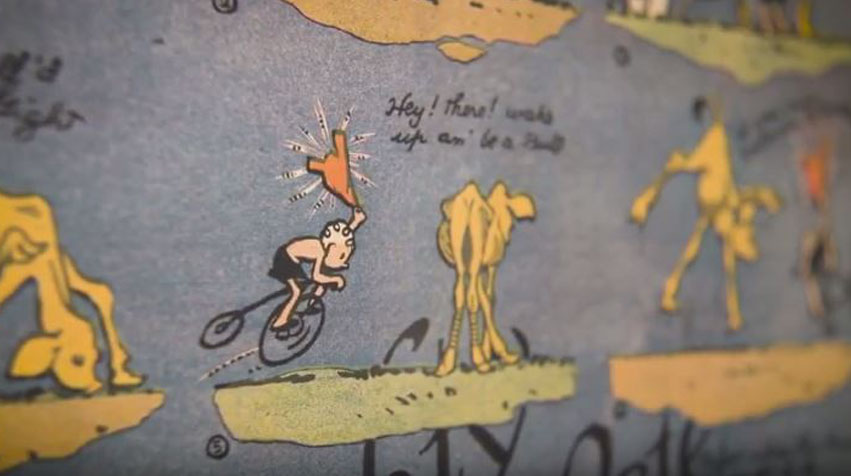

CATALOG
The art of comic
Spectacular, large and colorful – this is how comic strips captivated their audience, beginning back in 1897.
The publication features six outstanding, primarily American illustrators who shaped the cultural history of the comic strip: Winsor McCay, Lyonel Feininger, Charles Forbell, Cliff Sterrett, George Herriman, and Frank King, who—progressive and eager to experiment—set the artistic and content-related standards of the early comic strips.
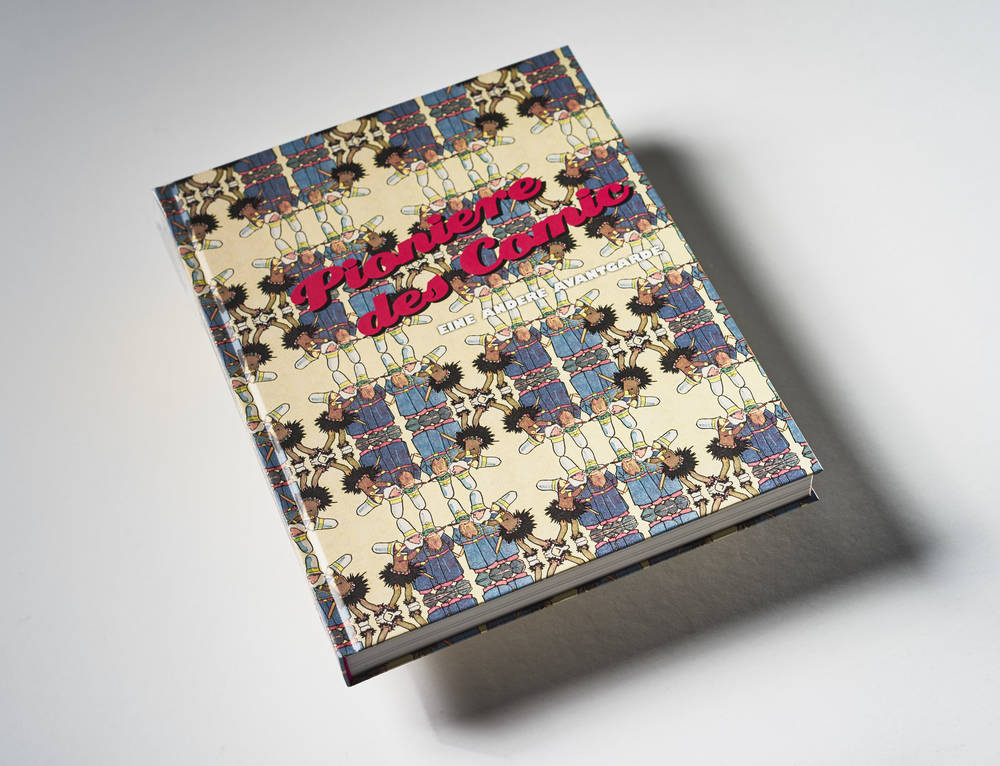
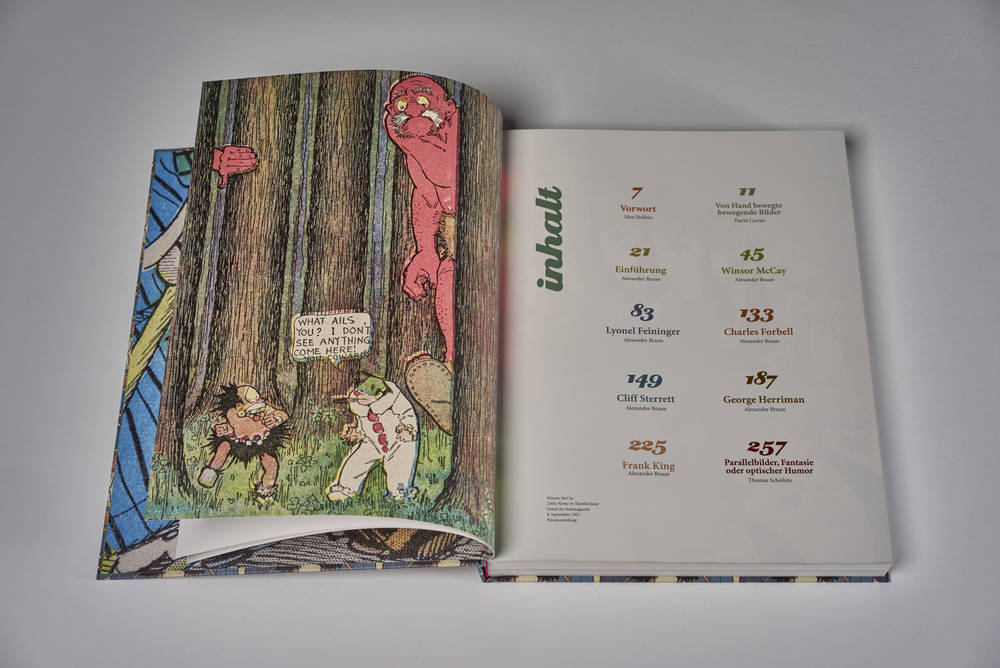

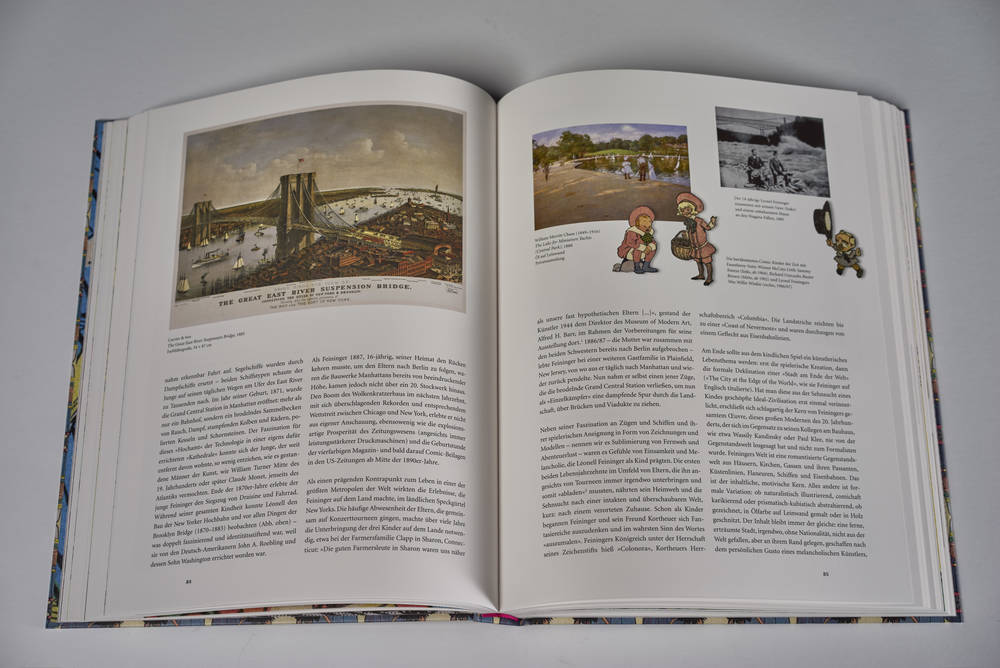
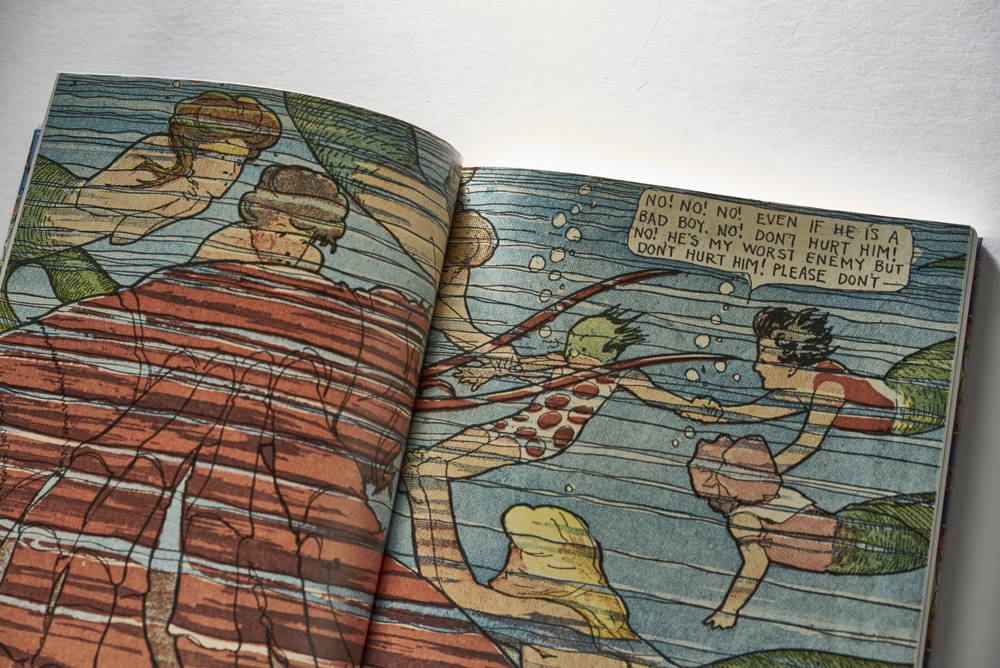
-
MEDIA PARTNER
ACHT FRANKFURT